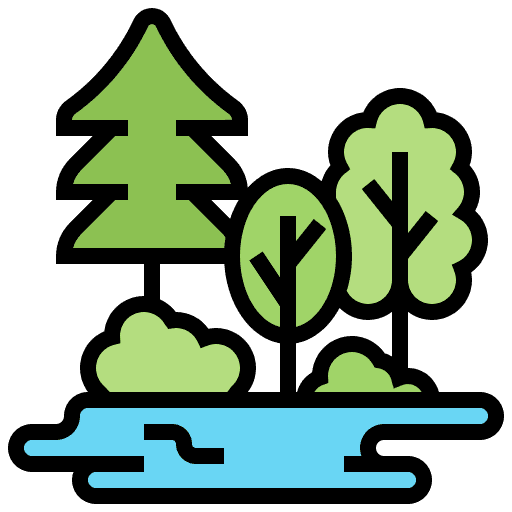May 28, 2025
🌱 Seedling

We use software to get things done. But when you go a layer deeper, we also use them to be someone, or to be seen a certain way. The software we use, how we use them, and how we speak about them all function as subtle performances of identity.
Semiotics gives us a useful lens here. A sign has two levels of meaning: denotation (what it literally is or does) and connotation (what it culturally or socially implies). Applied to software: an app might denote a simple action—like sending money, taking notes, or sharing a photo—but it also connotes a taste profile and a class position. Choosing one app over the other isn't always down to convenience. It is also a performance of some sort.
This becomes more visible if you pair apps with their alternatives along the same spectrum of usability. Instagram and BeReal both allow you to share photos, but they encourage different types of self-presentation and attract different audiences. Notion and Google Keep both store your thoughts, but only one tends to show up in moodboard-ready workspaces and YouTube productivity videos.
This level of semiotics is super important to consider when you're building a digital product. Product teams naturally optimise for usability and retention, assuming users are guided by function. But users are also guided by meaning. People don’t just want to complete a task, they want to feel like the kind of person who uses _this_ app to complete it. It even makes them validate feeling a certain way about themselves. This feeling could be competence (Notion), exclusivity (CRED), privacy (Signal), tastefulness (Arc), irony (BeReal), or simplicity (Apple Notes). The same function wrapped in different semiotics creates entirely different user experiences. Whether or not they use the term, product teams are always working with semiotics by shaping what a product feels like to use, not just what it does.
One of my favourite examples of software as a micro-performance—because I've been through this arc myself—is notetaking. The average user would start with a notebook or something like Apple Notes. Then you move up the curve into the world of PKMs. You download Notion, Obsidian, Roam, Tana, etc etc (I've lost track of how many there are). Here is where the connotation of notetaking takes over. You're not just writing notes anymore, you're building a second brain. You’re signalling systems thinking and fluency in a certain way of living. The tool becomes part of your self-narrative: I’m the kind of person who organises my thoughts like this, or who has thoughts worth organising like this. Eventually, some people get tired of this game and loop back to Apple Notes. But even that carries a certain je ne sais quoi attitude of anti-performance. Kind of like the CEO of a billion-dollar company sending emails like "Pls fix — sent from Microsoft Outlook". The arc is like: naive → sophisticated → unconcerned.
Crucially, the tools themselves participate in this arc. The way people talk about Notion or Arc today is different from how they did two years ago (or about notetaking software and browsers overall). Not because the tools changed drastically, but because their semiotic positioning did. The cultural narrative around them evolved.
These signals aren't always conscious. Most people aren’t trying to signal anything specific when they use an app. But meaning still travels with tools. Even when we think we’re acting out of habit, the software we choose ends up reflecting something about our context, like our background or the social circles we move in.
Those social circles matter more than we admit. People often use apps because their friends or people they admire use them. The tool becomes a proxy for proximity, and a low-friction way of belonging. I saw this first-hand at PhonePe. One of my earliest projects was to understand how the app was perceived across different user groups—not in terms of use, but what its use meant to them. Did they feel like PhonePe was a part of their identity? Did they find PhonePe worth flaunting in high-signal places like restaurants and clubs? Did it feel like a product that reflected their sense of self? Definitely not straightforward questions, but the answers really helped us point ourselves in the right direction when we began redesigning the product. We were solving for experience, but also for resonance.
I think about this every time I rearrange my home screen, tbh. Like, is there another hidden reason why I've made Notion Calendar a widget instead of Apple's native calendar? How often do I open Ola versus Uber, and in front of what audience? I don’t think it’s ever just about what’s useful in the moment.
A note on the image: René Magritte's painting—“This is not a pipe"—is a classic example in semiotics. The pipe is not the actual pipe, but a symbol representing the pipe.
